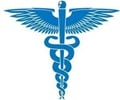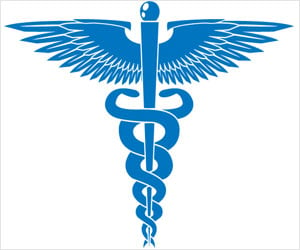The Affordable Care Act may not provide better access to subspecialty care even though it could improve access for primary care to the underserved.

Tin cup
Center providers rely on personal relationships with informal networks of subspecialists (the most prevalent model).
Hospital partnership
Center has a contract with a community hospital for subspecialty care.
Buy your own
Center hires subspecialists.
Telehealth
Telecommunications equipment is used to connect patients with subspecialists.
Teaching community
Centers train primary-care resident physicians and integrate subspecialists as faculty.
Advertisement
Centers are integrated with local government health systems or safety-net hospitals having subspecialist networks.
Of the six, the researchers found that the "integrated system" model offered the most comprehensive access to subspecialty care.
Advertisement
Payment reform is needed to move community health centers toward becoming part of integrated systems. Two new initiatives of the Centers for Medicare and Medicaid Services (CMS) can help. First, the State Innovation Models initiative will provide $275 million for states to plan, design and test new payment and delivery system models that aim to involve all payers and providers in the state. Also, the CMS has issued guidance describing pathways for how states can design and implement integrated care models for Medicaid populations. The new research offers guidance for states in creating such models.
Source-Eurekalert


![An Introduction - Indian General [Non-Life] Insurance Companies An Introduction - Indian General [Non-Life] Insurance Companies](https://images.medindia.net/patientinfo/120_100/health-insurance21.jpg)






